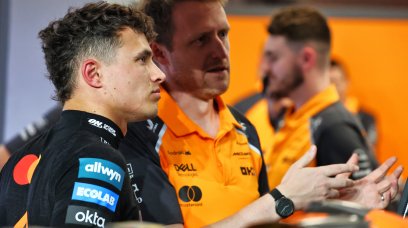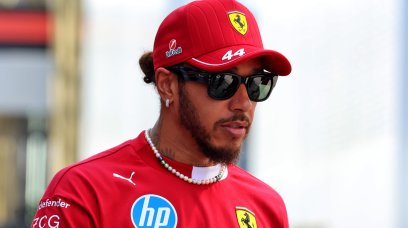As ever, qualifying for the Indianapolis 500 in 2024 is to take place over two days, Saturday 18th and Sunday 19th of May.
The race itself is on Sunday 26th May as part of motorsport's bumper day that also includes the Monaco Grand Prix and NASCAR's Coca-Cola 600.
This year, 2021 NASCAR Cup champion Kyle Larson is the first driver to attempt double duty in 10 years as he tries to complete all 1,100 miles of racing on the same day, with his 500 bid being with the McLaren squad.
His running has got off to a good start despite weather delays heading into qualifying at the Brickyard.
Below is your guide as to how it all works.
Viewed by others:
How 2024 Indianapolis 500 qualifying works
Every car in the 34-strong field is guaranteed one four-lap run of the 2.5-mile oval, with the qualifying speed then calculated by taking the average speed of those four laps in miles per hour.
In 2023, Alex Palou set a new-all time record of 234.217mph on his pole run.
Once every car in the field has completed their guaranteed run, the pit-lane is then split into two lanes - Lane 1 and Lane 2.
Those in Lane 2 can access the track whenever it is clear and attempt to improve their time, but crucially do not lose the time they already have on the board.
Those drivers who enter Lane 1 have priority for track access over those in Lane 2, and their banked run is then scrubbed from the records with whatever the new lap average is standing as the new time - even if it is slower than the guaranteed run.
The top 30 in the times are then locked into the 500 regardless, with positions 13-30 locked in as 1-12 advance through to Sunday's running, along with those in positions 31-34.
Day 2 of Indianapolis 500 qualifying
The first order of business on Day 2 of Indy 500 qualifying is the Fast 12.
This sees the drivers in 1-12 from Saturday running in a similar process to whittle them down to the final six who will eventually go for pole position, with the cars running from 12th fastest to 1st based on Saturday's times.
After that, comes the bumping of one driver from the driver.
Only 33 cars are allowed to start the race, with 34 on the entry list, meaning those who finished 31-34 in Saturday's running must go again.
As with Saturday, a guaranteed run is permitted, with a similar process of Lane 1 and Lane 2 following until the clock hits zero and the driver in 34th place is bumped from the field.
Following on from the last chance qualifying, comes the Fast Six, with each car again guaranteed one four-lap run of IMS in the 30-minute session.
Whoever is quickest here earns pole position for the Indy 500.
Subscribe to our YouTube channel and you'll be automatically entered for a chance to win.
Win a F1 Scale Model!Most read






















Join the conversation!